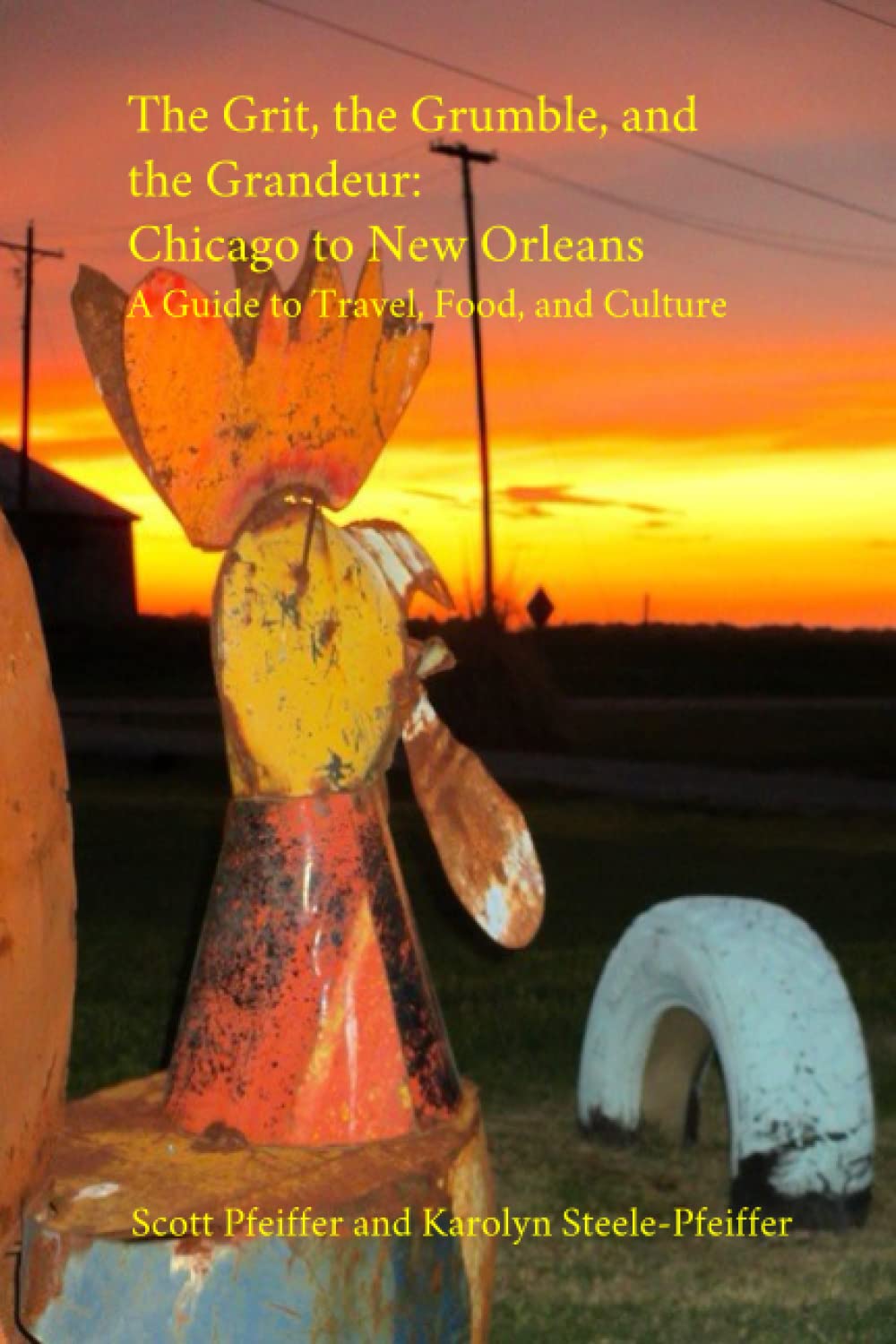The Constant Gardener
In this British thriller, Ralph Fiennes plays Justin Quayle, a reserved bureaucrat with the British High Commission in Kenya who is most content when puttering about in his garden. The plot follows Quayle’s whirlwind investigation into the corporate murder of his wife Tessa (Rachel Weisz), an outspoken Oxfam campaigner. He first encounters her when she confronts him at a High Commission Q&A session (“High Commission” is the title the British give to an embassy in a commonwealth nation). She peppers him with tough questions about British foreign policy, which the other journalists find sufficiently outrageous to clear the room of all but her and him. This is the start of an unlikely friendship and before long she is his pregnant wife. As the spontaneous Tessa, who abandoned a wealthy background to live and work with the African poor, Weisz radiates a steely nurturance and is intimidated by no one.
One of Tessa’s causes is the scourge of HIV/AIDS, and thus her nemeses are the for-profit drug companies such as KDH, who whom the High Commission is working to conduct trials of a HIV/AIDS treatment called Dipraxsyn. KDH sees Africa as a potentially huge market to control and exploit. Tessa has a tendency to point out that it is in KDH’s interest to increase demand for their drug (the more sick Africans, the more demand), thereby driving up the company’s stock price. She’s sure there’s a conspiracy to fix the Dipraxsyn trials in order to secure a patent sooner rather than later. (KDH is meant to stand for real world for-profit drug companies such as GlaxoSmithKline; we’ve seen the headlines about their efforts to enforce their patent rights and keep low-cost generics out of the world’s poor countries.)
Qualye is quintessentially British, which is to say, not a typical thriller hero (James Bond notwithstanding). As played in a marvelously internalized performance by Fiennes, he contains his emotions, remaining polite even when obviously corrupt Kenyan authorities laugh in his face. Haunted by guilt for having believed the lies of an anonymous tipster who cast aspersions on Tessa’s fidelity, he redeems himself by finally showing feeling as he is forced to come into contact with the human beings behind the words and statistics of High Commission reports.
“The Constant Gardener” is a very good, even artful, thriller, edited as tightly as a drum. It makes one work a bit to keep up. It is refreshingly adult, with an ambiguity not often found in American thrillers. That said, it doesn’t re-invent the wheel. The standard devices are present and accounted for, up to and including the old standby whereby the baddies have invalidated our hero’s passport. Even its globetrotting (from Kenya, the action moves to London and Germany, then back to Sudan) feels a bit familiar after ‘Bourne Supremacy’.
Still, for those who feel that film must do more than merely entertain, there’s a lot to like here. Also, a film about the expendability of poor black life carries extra resonance in light of recent events in the Southeast states of the richest country in the world. “Gardener” was directed by Fernando Meirelles, who made “City of God”, and based on the John Le Carre novel.
- Sep 11, 2005


 Scott Pfeiffer
Scott Pfeiffer